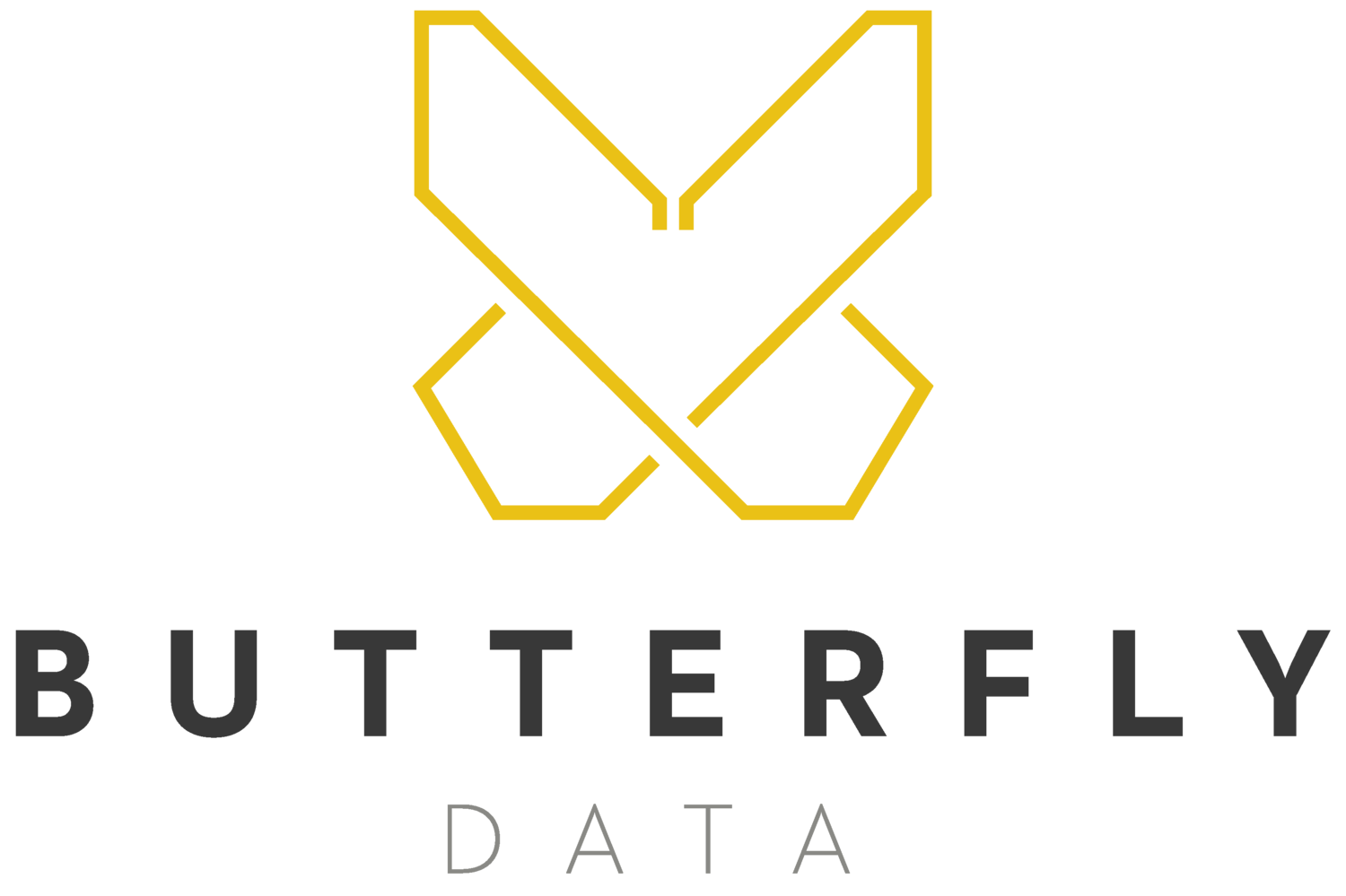Using automation for daily business tasks
Automation in IT systems is, of course, nothing new. This is particularly true for data focussed systems that have dependencies like large data sets that need to be rebuilt daily. (A common feature of the Data Quality Systems we’ve developed at Butterfly Data are processing jobs that run 24/7 managed by a SAS scheduling service.) In recent years, however, more and more online services have been adding automation components to their systems. There are also plenty of dedicated automation services that focus on linking commonly used systems and services through their APIs.
A key feature of most automation services is often how easy they are to configure and use; they are designed to be utilised by the average IT user. API’s are great and the backbone of these systems but require developer level skills to use effectively. Most of these services offer powerful GUI’s, enabling you to achieve in minutes what could take hours of online research to figure out the correct API calls and parameters. Having all this capability easily to hand means automation can now be applied not only to complex data processing tasks but also daily business processes. Laborious, time consuming, repetitive (but essential) tasks can easily be turned into fully automated jobs or at the very least be greatly simplified to only need minor manual interaction.
Here at Butterfly Data we’re big fans of Trello. (In my opinion it’s easily the best of the task management packages I’ve used, although that’s a blog post for another day!) One of the things that makes it so good is Butler, its GUI controlled automation scripting system. Butler scripts can be configured to either be manually triggered, run on conditional events or execute at regular scheduled intervals. There is lots of superb documentation available, although it’s so easy to use there’s not often much need of it. One of the ways we use it is to manage the workflow for the posts for this blog. As our writers push their cards ahead, moving them from being drafted to being ready for editing, other cards are automatically generated, deadlines set, users assigned and notifications sent. What Butler automation achieves is taking away loads of little drags, clicks and edits and that take up precious time and leave processes open to human error.
Zapier is the automation service of choice at Butterfly. Its easy to use interface makes linking different services together incredibly easy. We use it for managing the assembling and publishing of our weekly company meeting agendas. A Google Form is used to submit a request for a slot in the meeting. This populates a spreadsheet which a Zapier Zap is monitoring for any new lines. When it detects one it creates a Trello card containing the submitted info and labels that card as needing processing. It can also at that point email the person who organises the meetings, telling them a new item request has been made. At a later point in the week the chair of the meeting assembles the agenda for the meeting, creating cards for each item in the ‘Next Meeting’ list. Behind the scenes a Butler automation is automatically assigned a due date of the 2pm the following Monday to those cards. On Monday morning the next step of the process kicks in. Butler creates a specifically named card in that same list which dynamically links to all the other cards. At exactly 9am each Monday morning another Zap is scheduled to pick up that card and post it to the Company General Slack channel, publishing the agenda for all to read. (There’s sadly no way to ensure everyone does that though!) Finally at 2pm (by when the meeting will be finished) one last Butler scheduled job comes along and automatically archives all the cards in the Next Meeting list leaving it clear for the following week.
These are just two small examples of ways automation can take boring manual jobs and greatly reduce the admin burden. There are of course countless other ways Zapier can automate tasks across a massive list of services. The uses given in this post only scratch the surface! Productivity doesn’t need to be the only goal, a few of my colleagues daily look forward to the randomly generated gif they are sent on Slack to see if they can decipher the key word being fed into Giphy!


